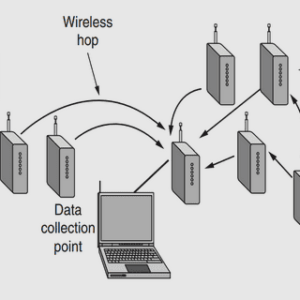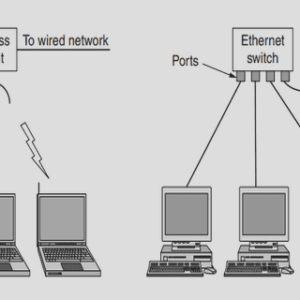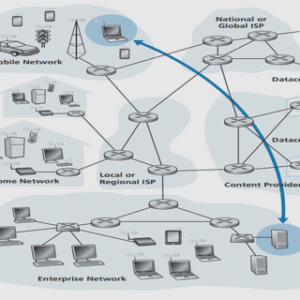(Downloads - 0)
For more info about our services contact : help@bestpfe.com
Table of contents
Chapter 1 Introduction
1.1. Importance of rice
1.2. State of the art in the use of remote sensing for rice monitoring
1.3. Research objectives and thesis structure
Chapitre 1 Introduction (français)
1.1. L’importance du riz
1.2. Etat de l’art de l’utilisation de la télédétection pour le suivi du riz
1.3. Objectifs de recherche et structure du manuscrit
Chapter 2 Rice in the world
2.1. Introduction
2.2. Cultural practices
2.3. Rice growth cycle
2.4. Rice productivity
2.5 Global emissions from rice fields
2.6. Summary on Earth Observation requirements for rice monitoring
Chapter 3 Study region and material
3.1. Study region
3.2. Ground data
3.3. SAR data
Chapter 4 Analysis and interpretation
4.1. Ground data analysis
4.2. Radar backscatter analysis & physical interpretation
4.3. Derivation of Indicators for rice mapping and rice monitoring
Chapter 5 Methodology development
5.1. Calculation of classification features
5.2. Seasonal date selection
5.3. The rice/non-rice mapping algorithm
5.4. Estimation of sowing date
5.5. Detection of long/short cycle rice variety
5.6. Detection of rice phenological stage at S1 acquisition
5.7. Estimation of plant height
5.8. Estimation of crop intensity
5.9. Discussion and conclusion
Chapter 6 Mapping products generation, validation and accuracy assessment
6.1. Mapping products generation, validation and accuracy assessment
6.2. Discussion and conclusion
Chapter 7 Use of Sentinel-1 retrieved information in models estimating rice yield and methane emission
7.1. Introduction
7.2. Description of the models
7.3. Rice production estimation using ORYZA2000 model
7.4. Methane emissions estimation using DNDC model
7.5. Discussion and conclusion-way forward
Chapter 8 Conclusion
8.1. Conclusions
8.2. Perspectives
Bibliography




